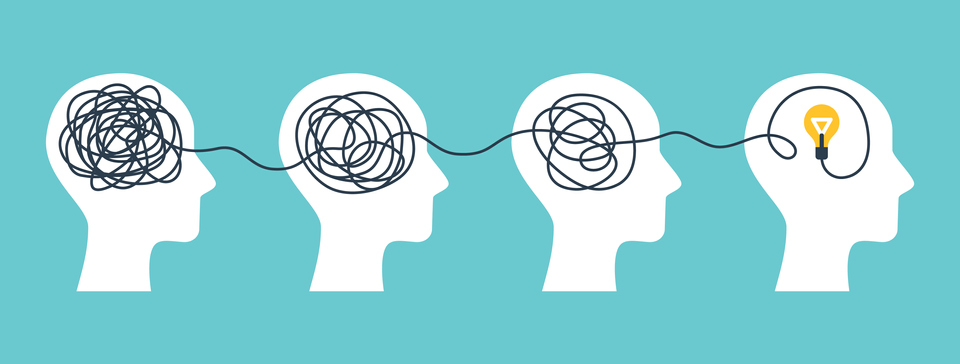
What is Meta-learning?
Meta-learning, also known as “learning to learn”, is a subfield of machine learning and artificial intelligence that focuses on teaching models or algorithms how to learn more effectively and adapt to new tasks or domains with minimal training data.
The primary goal of meta-learning is to develop some sort of algorithm that can generalize knowledge and skills acquired from one task to something new, unseen tasks or domains. It aims to improve the efficiency of the learning process, reduce the need for large datasets, and enable models to quickly adapt to different situations or states.
Meta-learning has applications in various fields, including natural language processing, computer vision, robotics, and more. it’s a promising area of research because it addresses the challenge of building more flexible and adaptable AI systems that can learn efficiently from limited data, which is often the case in real-world scenarios.
What is Meta-reinforcement learning?
In recent years deep reinforcement learning systems have attained superhuman performance in a number of challenging task domains. However, a major limitation of such applications is their demand for massive amounts of training data as mentioned. What emerges is a system that is trained using one RL algorithm, but whose recurrent dynamics implement a second, quite separate RL procedure. The second learned RL algorithm can differ from the original one in arbitrary ways. Importantly, because it is learned, it is configured to exploit structure in the training domain.
In short Meta-reinforcement learning or meta-RL is an extension of traditional reinforcement learning that focuses on training agents to quickly adapt to and learn new tasks or environments with minimal prior experience. In meta-RL, an agent learns not just how to perform a specific task but also how to learn more effectively and efficiently across a range of tasks.
Some key concepts of meta-reinforcement learning are:
- Meta-training: There are typically two stages: meta-training and meta-testing, during the meta-training phase, the agent is exposed to a diverse set of tasks. It learns a policy or a set of policies that enable it to adapt quickly when presented with a new task during the meta-testing phase.
- Meta-objective: During meta-training, the agent optimizes a meta-objective, which is a higher-level objective that encourages the agent to acquire skills and knowledge that are useful for adaptation.
- Few-shot learning: Meta-RL often deals with few-shot learning, where the agent is required to adapt to new tasks with very few interactions or experiences.
- Adaptation: The key focus is on the agent’s ability to adapt to new tasks or environments. The adaptation can involve adjusting policy parameters, updating value functions, or making other changes to the agent’s decision-making process.
Overall, meta-reinforcement learning is an exciting area of research that aims to enhance the adaptability and generalization capabilities of reinforcement learning agents, enabling them to tackle a wide range of tasks and environments.
This will be a small article giving an intuition about meta-RL, I’m planning on implementing the methods/algorithms and updating the article later. Stay tuned!Bottom-up! ~Anirudh.